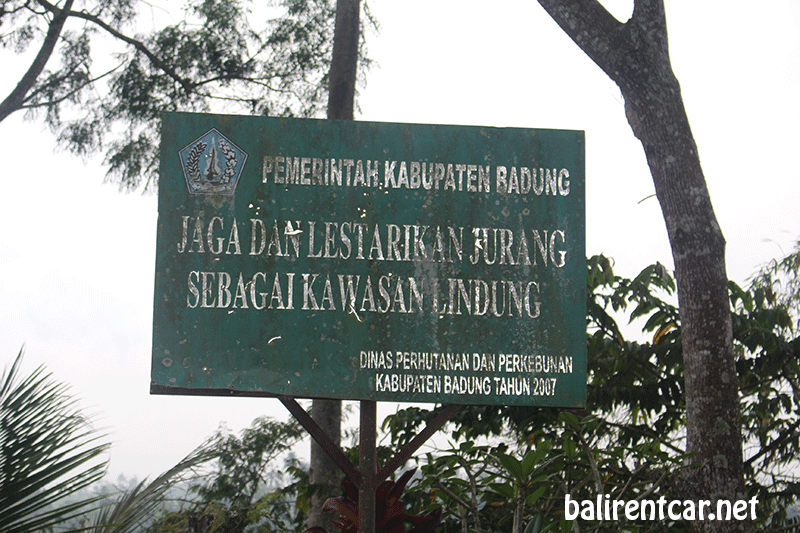Badung Regency in Bali Island
9 February 2015When viewed on the map of the island of Bali, the shape of Badung Regency resembles a kris dagger. To Balinese people, especially the Badung Regency, Kriss is a weapon. This weapon was used by the King of Badung to struggle against the Dutch colonial during the Puputan Badung War in 1906.
Badung Regency is one of eight regencies and one municipality in Bali. If seen on the map of the Island of Bali, the physical form of the Badung Regency resembles a very unique traditional weapon as a kris dagger. Kris is a Balinese traditional weapon. During the Puputan Badung War in 1906, the kris dagger was the main weapon used by people to struggle against the Dutch troops.

Since it has so high historical value, the kris dagger was then used as the symbol of the Badung Regency. Until now, it remains to be used as the symbol of knight spirit and soul of the local community. This spirit also inspired the motto of Badung Regency, Cura Dharma Raksasa, meaning the obligation of government is to protect the truth and its people.
Badung Regency is located at the position of 0901'17" - 08o05'57" south latitude and 110o05'02" - 115o15'09" east long latitude, extending amid the Bali Island. It stretches across an area of 418.52 km2 about 73.43% of Bali Island. The northern region is mountainous having a cool climate, bordering with Buleleng Regency, while the southern region is lowland with white sandy beaches and immediately adjacent to the Indonesian Ocean. Central region consists of rice field area offering lush and beautiful scenery, bordering with the Denpasar City and Gianyar Regency in the east, while in the west bordering with Tabanan Regency.
Badung Regency is a region with a tropical climate and has two seasons, namely the dry season (April - October) and the wet season (November - March). On average, the yearly rainfall ranges between 893 to 2702 with a humidity average reaching 79 percent.
Administratively, the Badung regency is divided into 6 sub-districts stretching from the north to south, namely the Petang, Abiansemal, Mengwi, Kuta, North Kuta and South Kuta sub-district.
Besides, the region also consists of 16 municipalities and 46 villages and 369 administrative hamlets, 164 neighborhoods, and 8 pre-administrative hamlets. Badung Regency also has customary institutions comprising 120 customary villages, 523 customary hamlets, and 523 customary youth clubs. These customary institutions play a strategic role in the development, chiefly in the region of Badung and Bali in particular.
As an institution in general, the customary members are bound to a customary by-law called awig-awig. The existence of the by-law strictly binds residents so that people are generally very obedient to the customs. On that account, the existence of customary institutions was a very powerful instrument in capturing people's participation. Many programs launched by the government could be successfully implemented in this region due to the involvement and role of the existing customary institutions, where one of them is the family planning program.





















